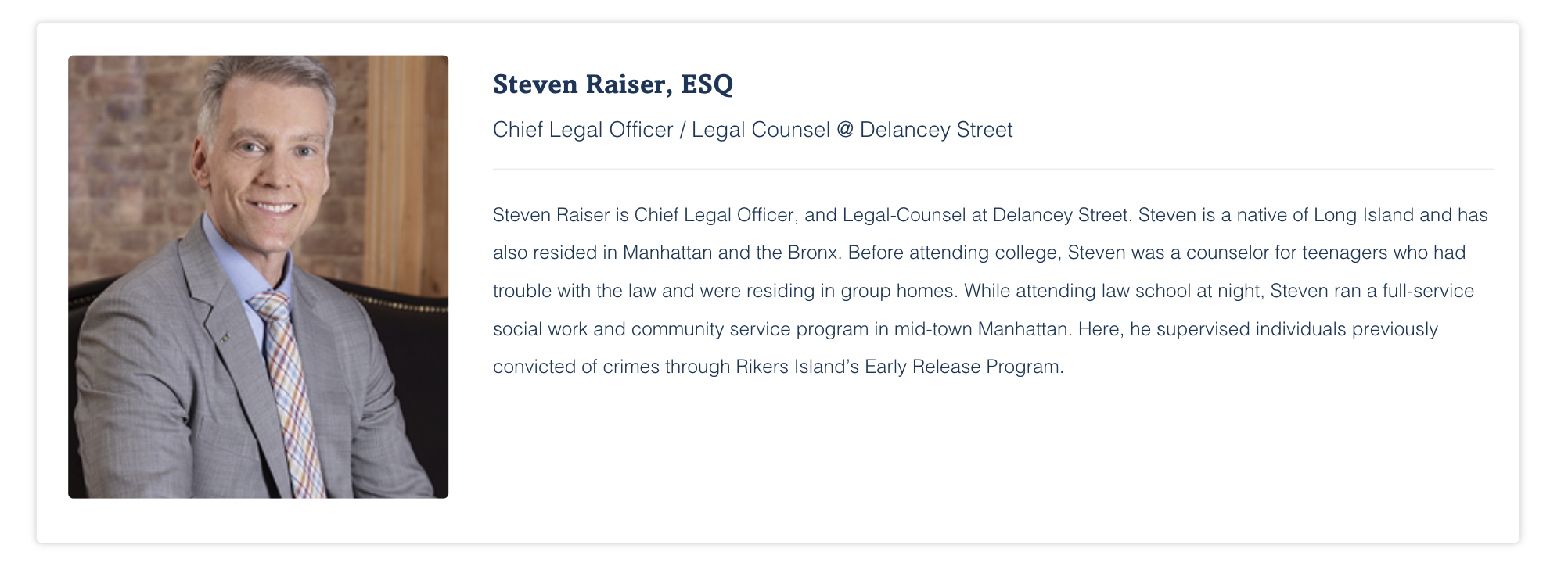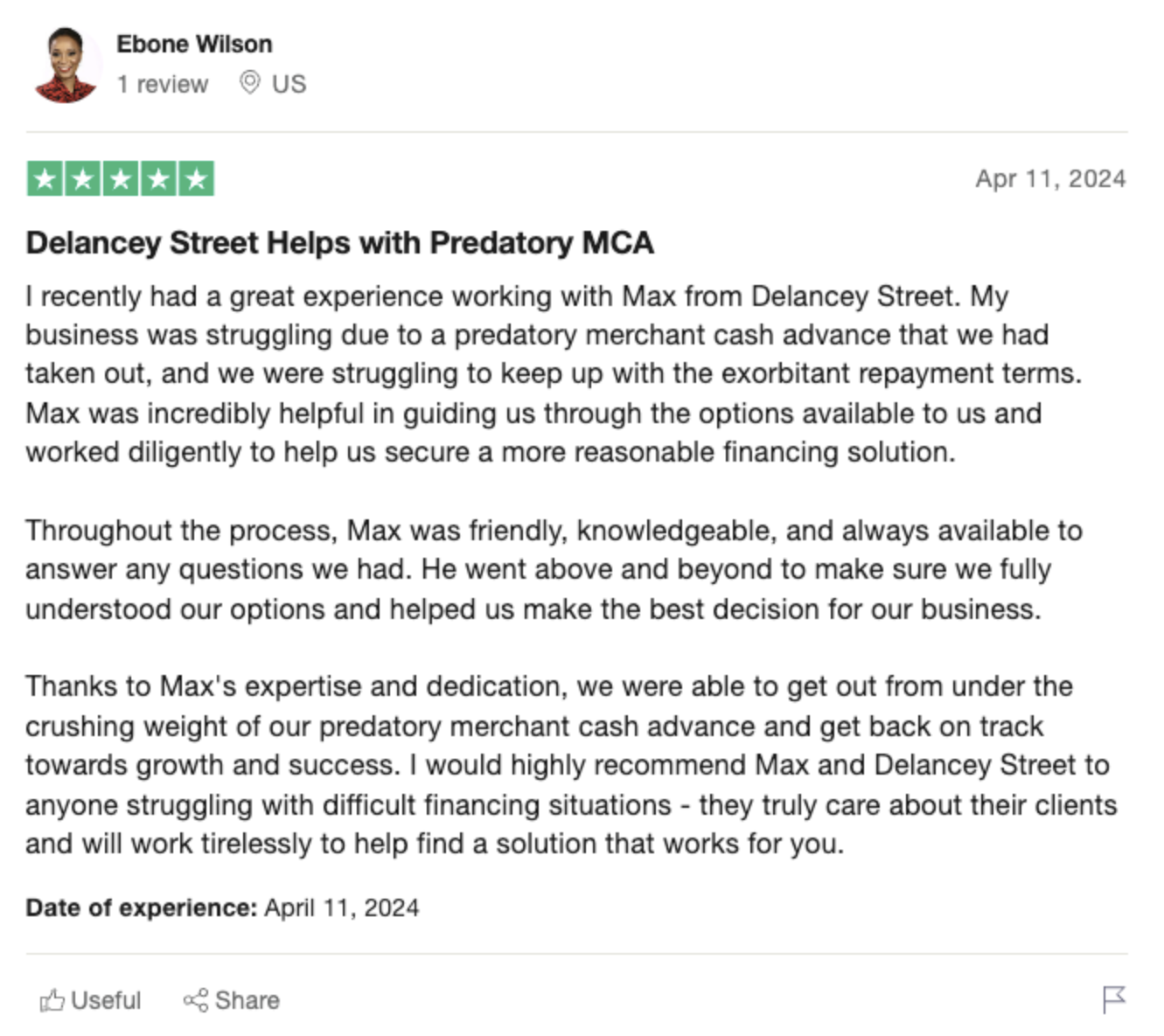IF YOU’RE LOOKING FOR A BUSINESS DEBT SETTLEMENT COMPANY, VISIT DELANCEY STREET. CLICK HERE NOW.

–
The Business Debt Settlement Process Step-By-Step
If you run a small business, chances are you’ve struggled with business debt at some point. Debt can quickly spiral out of control and impact your company’s bottom line and ability to operate. If you find yourself facing more debt than you can reasonably pay back, business debt settlement may be an option worth exploring.Business debt settlement involves working with a settlement company to negotiate down your outstanding debts. The goal is to settle accounts for less than you originally owed and avoid bankruptcy. The process allows you to resolve debt in a strategic way while continuing to run your business.
How Business Debt Settlement Works
Business debt settlement provides an alternative route to paying off what you owe over time. With settlement, a dedicated expert negotiates directly with your creditors and collectors to reduce the balances. The settlement company leverages proven techniques to achieve settlements, often between 40-60% of the original amounts depending on various factors.Once negotiated settlements are reached, you would then make lump-sum payments to your creditors. The remaining balances owed are then considered settled in full. This allows you to resolve debt and move forward without the burden of collections, lawsuits, or bankruptcy.Settlement works well for business owners facing debt hardships because it:
- Allows you to negotiate debt balances down significantly
- Prevents creditors from taking legal action during the process
- Helps avoid business bankruptcy and restructure debt payments
- Lets you focus on business operations rather than collections
The key is partnering with a reputable settlement firm who can negotiate effectively on your behalf. An experienced team knows what strategies achieve the best settlement offers from different business creditors.
What Types of Debt Can Be Settled?
Many types of business debt can potentially be settled, including:
- Business credit cards
- Commercial loans
- Outstanding vendor invoices
- Business lines of credit
- Past due lease or rental payments
- Business equipment financing
- Commercial mortgages
- Unpaid payroll taxes
Even very high balances can realistically be reduced through settlement. The process is most effective for debt that is severely delinquent or has defaulted. This motivates creditors to negotiate rather than pursue full recovery through legal means.
Step 1: Review Your Current Financial Situation
The first step is to thoroughly review your business’ current financial standing:

- Make a list of all outstanding business debt obligations you currently owe
- Document the original balance, current balance, interest rates, and creditor info
- Calculate total monthly debt payments based on minimum amounts due
- Gather recent financial statements showing business revenue and expenses
- Determine if you can realistically afford monthly payments as they stand
This documentation will illustrate clearly whether your business debt load realistically fits within your budget. It gives you a snapshot of what is owed so you know what needs to be addressed.If you are falling behind on payments or can’t keep up with interest fees, settlement may be a smart solution. This overview also helps your settlement firm understand your situation from the start.
Step 2: Choose a Reputable Settlement Company
The next step is partnering with a settlement company that can start negotiating your debt down. Make sure to choose an experienced team you can trust fully.Signs of a reputable debt settlement company include:
- Specialized expertise negotiating business debt
- Attorneys on staff to advise on legal matters
- No upfront fees for enrolling accounts
- Fees based on saved percentages not flat rates
- Realistic estimates of settlement timeframes
- Dedicated account manager assigned to you
Delancey Street checks these boxes and has helped thousands of business owners through customized debt relief programs. Business is complex, so working with a dedicated expert from start to finish ensures the intricacies of your accounts are handled properly.
Step 3: Open a Dedicated Settlement Account
Once you enroll with a settlement company, a dedicated bank account will be opened in your business’ name. This separate account is used solely for accumulating settlement funds over time.Here’s how the business debt settlement account works:

- Used only for saving up lump sums to pay negotiated settlements
- Settled accounts are paid out of this account when ready
- You control the account and all withdrawals
- No co-mingling personal funds with business funds
As your representative negotiates debt down, you will make monthly contributions to build up the settlement account. This reserved capital is then used to fund the lump-sum settlements. Creditors are motivated to settle with assured funds set aside upfront.
Step 4: Halt Payments to Creditors
With programs like Delancey Street, once accounts are enrolled for settlement, you can legally stop making monthly payments to creditors. This is a powerful benefit since those payments are paused so you can stockpile the settlement account.Here’s what happens when payments stop:
- Your debt representative corresponds with creditors on your behalf
- Creditors are informed accounts are in settlement negotiations
- By law, collections, and interest fees must be frozen
- Future settlement offers are based on the balances owed when entering the program
Halting payments requires careful coordination with creditors by your settlement company. This prevents creditors from taking legal action due to non-payment during the process.The goal is structuring the situation so creditors feel motivated to negotiate the principal balances down. This is accomplished through dedicated experts who know how to communicate properly on your behalf.
Step 5: Documentation Gathering & Due Diligence
After intaking your accounts, your debt firm gathers information from creditors needed to start structuring settlement proposals:
- Statement showing original debt amount and itemizations
- Terms of lending such as interest rates and timelines
- Payment history over the life of the debt
- Any special stipulations impacting the debt
- Other documentation creditors request
This due diligence phase ensures your representative understands each debt obligation at a granular level. Creditors also feel more confident settling when presented with thorough documentation upfront.If any information is missing or inaccurate, your representative will investigate directly with creditors before moving forward. The more informed negotiations are, the better settlement percentages can be achieved.
Step 6: Negotiations & Settlement Offers
The core of the business debt settlement process involves direct negotiations between your representative and creditors. This settlement phase allows experienced negotiators to leverage proven strategies.Here is how settlement negotiations typically play out:
- Initial calls present settlement offers to creditors
- Creditors counter and go back-and-forth on percentages
- Concessions are made over multiple rounds of talks
- Your firm pushes for maximum reductions each round
- Final settlements are reached in principle once acceptable
This iterative process allows both sides to find mutually agreeable terms. The creditor wants to ensure they recover something rather than risk non-payment through collections or legal action. Settling accounts also benefits their accounting compared to writing balances off.Meanwhile, your representative tenaciously negotiates to save you as much money as possible. This is where their expertise comes into play in getting accounts settled at deep discounts.
Step 7: Final Settlement & Closing Documents
Once acceptable settlements are reached in principle after rounds of talks, closing settlement documents are drafted. These legally-binding agreements formalize the negotiated terms and payment expectations.Typical settlement closing documents include:
- Principal balance owed stated clearly
- Agreed-upon settlement percentage and final amount
- Payment timeline expectations
- Statement releasing you from further liability after payment
- Other legal protections preventing future collections or legal action
Your debt firm reviews all closing settlement documents to ensure favorable terms benefiting your business. Signing these agreements makes the reduced settlements official and binding.
Step 8: Settlement Payments & Account Closure
With signed agreements in place, final settlement checks are cut from the dedicated savings account you funded over time. Once creditors cash the lump-sum payments, your settled accounts are considered paid in full.Here’s what to expect as settled accounts get closed out:
- Creditors sign and return receipt of settlement payment
- All reporting to credit bureaus is updated showing $0 balance
- You receive confirmation letter that the debt is satisfied
- Legal protections kick in barring further collections or liability
Following these last steps, you can breathe a sigh of relief knowing the settled debt no longer hangs over your business. Best of all, your balances are resolved at significant discounts compared to original amounts owed.
How Long Does Business Debt Settlement Take?
The business debt settlement timeline varies case-by-case based on total debt enrolled and number of accounts. In general, you can expect the process to resolve debt in roughly 12-48 months.Here are general phases with estimated timeframes:
- 2-3 months: Client intake, documentation gathering, payments stopped
- 3-6 months: Initial settlement offers made after due diligence
Mid Phase
- 6-12 months: Bulk of negotiations and final settlements reached
- 12-24 months: Majority of accounts settled in principle
Final Phase
- 24-48 months: All accounts settled, closed, and paid off
- Remaining accounts in last 12 months take longest to resolve
While settlement aims to resolve debt as quickly as possible, the more realistic expectation is 12-24 months for most accounts. Larger debts and stubborn creditors drag out timeframes. Building up adequate reserves in the settlement account also impacts timing.An experienced settlement company actively pushes the pace of negotiations to reach settlements ASAP. But the process cannot be rushed if aiming for maximum reductions. Patience and sticking to the strategic plan is key.
Benefits of Business Debt Settlement
Business debt settlement provides a powerful financial turnaround tool compared to bankruptcy or other options. Benefits for business owners include:
Why Delancey Street for Business Debt Settlement?
Delancey Street has extensive experience helping business owners through customized debt relief programs. As one of the nation’s leading debt settlement companies, our approach is hands-on, ethical and results-driven.When evaluating firms to resolve your business debt through settlement, consider Delancey Street based on:
Contact Delancey Street for a Free Consultation
If you run a small business struggling with more debt than realistically affordable, Delancey Street can help. Our customized debt relief programs allow you to negotiate debt down significantly without bankruptcy. To discuss your specific situation with a dedicated debt specialist, contact us for a free consultation:








